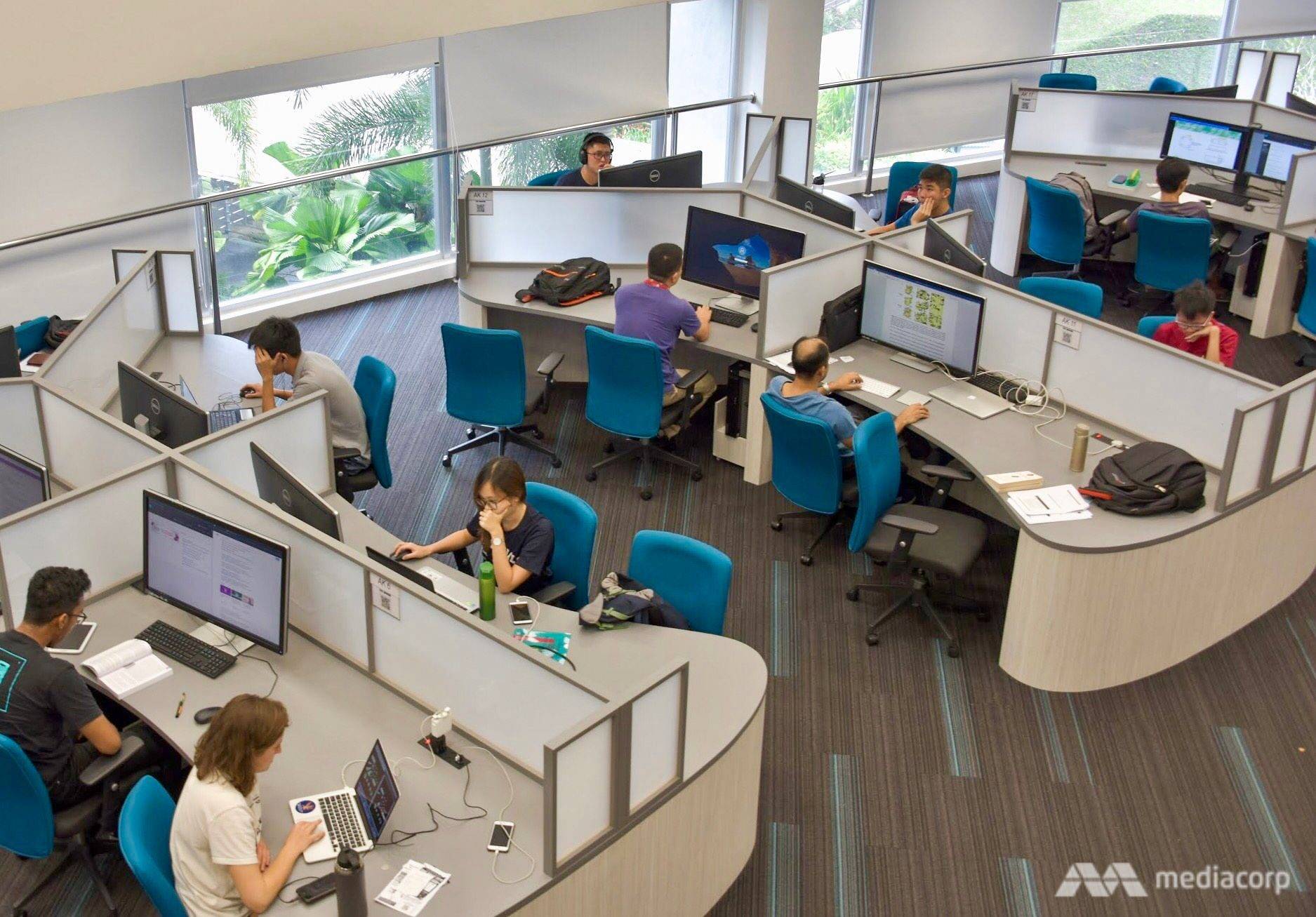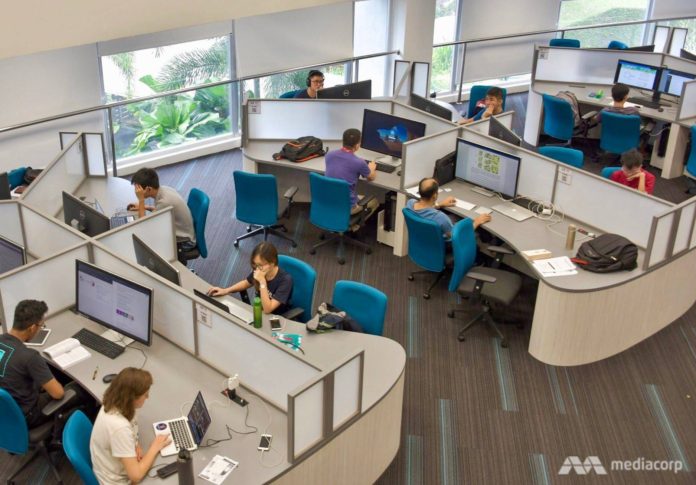SINGAPORE: About 55,000 undergraduate and diploma students will stand to benefit from the Government’s enhanced bursary scheme, which will be rolled out to students from the next academic year onwards.
Of these 55,000 students, about 30,000 of them come from families with incomes at the 30th percentile and below, said Education Minister Ong Ye Kung on Thursday (Aug 22).
The details of these bursaries were announced by the Ministry of Education (MOE), following Prime Minister Lee Hsien Loong’s National Day Rally speech where he said that the Government would increase its spending on bursaries.
Mr Lee said that university undergraduates will receive more financial aid, from 50 per cent currently to up to 75 per cent of general degree fees. For polytechnic students, their bursaries will increase from 80 per cent of school fees to up to 95 per cent.
NDR 2019: Reduced university and polytechnic fees for lower-income students from next academic year
“The Government will be investing approximately S$44 million more per year for these enhancements, or a 36 per cent increase from the current S$123 million,” said MOE in a press release.
This S$44 million will go to students with a gross household income of S$9,000 or less, with bursaries “heavily weighed towards benefiting” families from the 30th percentile and below, said Mr Ong.
This will mean that families from the lowest income bracket could pay fees as low as S$150 a year for polytechnics, from the current S$550. University undergraduates in this bracket will only need to pay S$2,000 a year from the current S$4,200.
More than 33,000 diploma students and 21,000 undergraduates will stand to gain from this enhanced bursary scheme, which will include students enrolled in the Institute for Technical Education (ITE), the National Institute of Early Childhood Development, Nanyang Academy of Fine Arts and Laselle College of the Arts.
Two bursaries will also be renamed to better reflect their intended use: The MOE Bursary will be known as the Higher Education Bursary and the CCC/CDC Bursary will be called the Higher Education Community Bursary, said Mr Ong.
READ: PM Lee outlines ambitious plans on education, retirement age and climate change concerns in NDR 2019 speech
INCREASED BURSARIES FOR MEDICINE AND DENTISTRY STUDENTS
Students enrolled in medicine and dentistry courses at the National University of Singapore (NUS) and National Technological University (NTU) will also receive enhanced bursaries.
The Government will now subsidise up to SS20,700 in school fees for these students, which could see students from the lowest income bracket paying S$5,000 or less for their degree.
Previously, the Government only subsidised up to S$4,000 in school fees, which meant that students from the lowest income bracket would have to pay S$24,900 at NUS and S$30,700 at NTU.
“Today, 11 per cent of our medicine and dentistry students come from (households with incomes in the 30th percentile) and below. And we want to make sure of all them can have sufficient support,” said Mr Ong.
This will ensure that students from lower-income families are not deterred from studying medicine and dentistry, he added.
While the fees for medicine and dentistry degrees differ across the two universities, students in both schools will now pay the same fees, said Mr Ong.
He added that the bursaries for medical and dentistry students are higher because these students have to serve a bond by working in the public healthcare system after graduation.

File photo of students at Nanyang Technological University (NTU). (Photo: Alif Amsyar)
LOWER SCHOOL FEES FOR SIT, SUSS STUDENTS
Students taking full-time general courses at the Singapore Institute of Technology (SIT) and the Singapore University of Social Sciences (SUSS) will also pay lower school fees.
Currently, the cost for a general course is S$7,860 at SUSS and S$8,190 at SIT. Both fees will be revised to S$7,500.
The Big Read: As headwinds grow, fresh grads adjust job expectations, embrace short-term contracts
Eighty per cent of SUSS students and 20 per cent of SIT students are expected to benefit from the lower tuition fees.
The other 80 per cent of SIT students are studying in programmes with partner universities, which is why the lower tuition fees will not apply to them, explained Mr Ong.
If these degrees become SIT-conferred general degree courses, the students will similarly benefit from the reduced fees, he added.
MORE UPGRADING OPPORTUNITIES FOR ITE GRADUATES
There will also be more opportunities for ITE graduates to upgrade their skills, with about 1,700 students benefiting from the increased number of upgrading pathways by 2030.
Currently, seven in 10 ITE graduates continue to upgrade themselves over the course of their careers, said Mr Ong.
These opportunities come in the form of more places for full-time and part-time Higher National Institute of Technical Education Certificate (NITEC) and diploma pathways, with 860 more spots in the Higher NITEC programmes and 580 more places in ITE’s SkillsFuture Work-Study Diplomas, he added.
Working adults will also have 290 more places in full-time polytechnic diploma programmes, “recognising their competencies gained through related work experience, in addition to academic grades”, said MOE.





